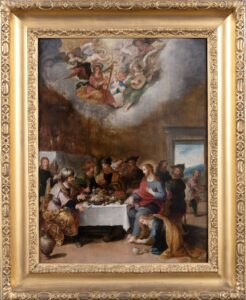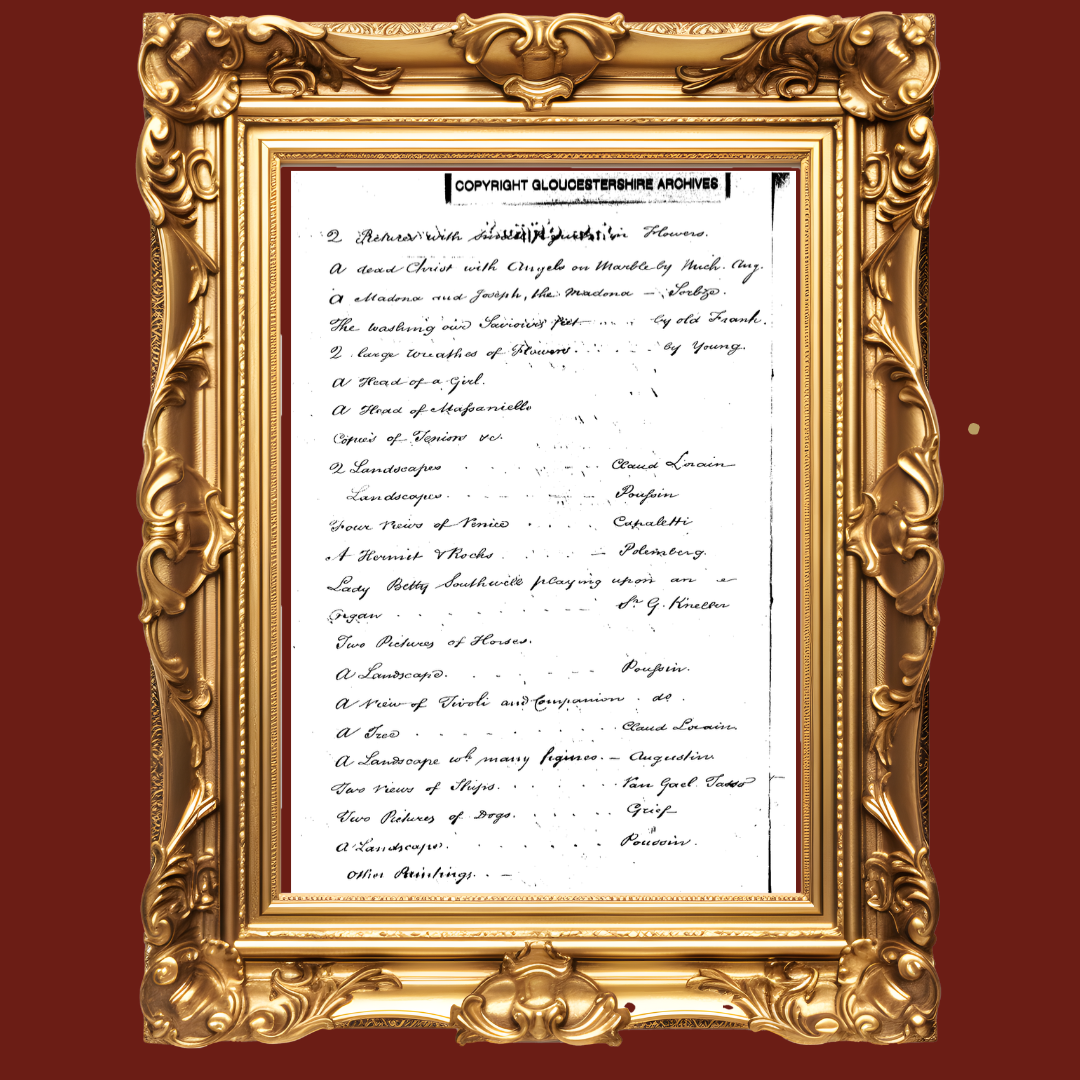Home » A Rediscovered Gem: Frans Francken the Younger’s “Christ in the House of Simon the Pharisee”
A Rediscovered Gem: Frans Francken the Younger’s “Christ in the House of Simon the Pharisee”
Proud to present a significant addition to the oeuvre of Frans Francken the Younger (1581–1642), a leading figure of the Flemish Baroque and the most prominent member of the Francken dynasty of painters. This newly surfaced painting, signed and previously unknown to the art market, has been part of an English noble family’s collection for over 250 years. It was acquired in the 18th century for Kings Weston House near Bristol and is listed in the 1777 inventory of the estate’s contents.

Historical Context and Provenance
Kings Weston House, a Grade I listed building in Bristol, was designed by Sir John Vanbrugh between 1712 and 1719 for Edward Southwell, an Anglo-Irish Whig politician and Member of Parliament for Bristol. The house remained in the Southwell family for generations, with Edward Southwell Jr. (1705–1755) residing there until his death. The 1777 inventory of Kings Weston House records numerous artworks, including a piece described as “The Washing of our Saviour’s Feet by old Frank,” likely referring to this very painting.

Artistic Significance and Attribution
Initially misattributed to Frans Francken the Elder (1542–1616) due to a label on the reverse, the painting bears the signature “D.o. ffranck,” with “D.o.” standing for “de oude” (the Elder). However, stylistic analysis and comparison with known works confirm it as a creation of Frans Francken the Younger. Notably, after his father’s death, Francken the Younger occasionally signed his works as “the Elder,” reflecting his status as the senior artist in the family.
The painting depicts the biblical episode from the Gospel of Luke (7:36–50), where Christ dines at the house of Simon the Pharisee, and a sinful woman anoints His feet. Francken masterfully captures the emotional depth of the scene, portraying the woman’s tears mid-air and her tender gesture of wiping Christ’s feet with her hair. Above, a celestial realm with angels and putti playing musical instruments underscores the painting’s spiritual message.
Cultural and Historical Reflections
This artwork offers a window into the opulence of 18th-century British aristocracy and their engagement with European art. Kings Weston House, with its extensive collection of paintings and luxurious furnishings, exemplifies the wealth accumulated through colonial enterprises, including plantations and the transatlantic slave trade. Bristol’s economy in the 18th century was significantly bolstered by the profits of the slave trade and related industries, such as sugar and tobacco plantations in the Caribbean. The opulence of estates like Kings Weston House, adorned with artworks like the Francken painting, was often underpinned by wealth generated through these means.
Share this article
Home » A Rediscovered Gem: Frans Francken the Younger’s “Christ in the House of Simon the Pharisee”

